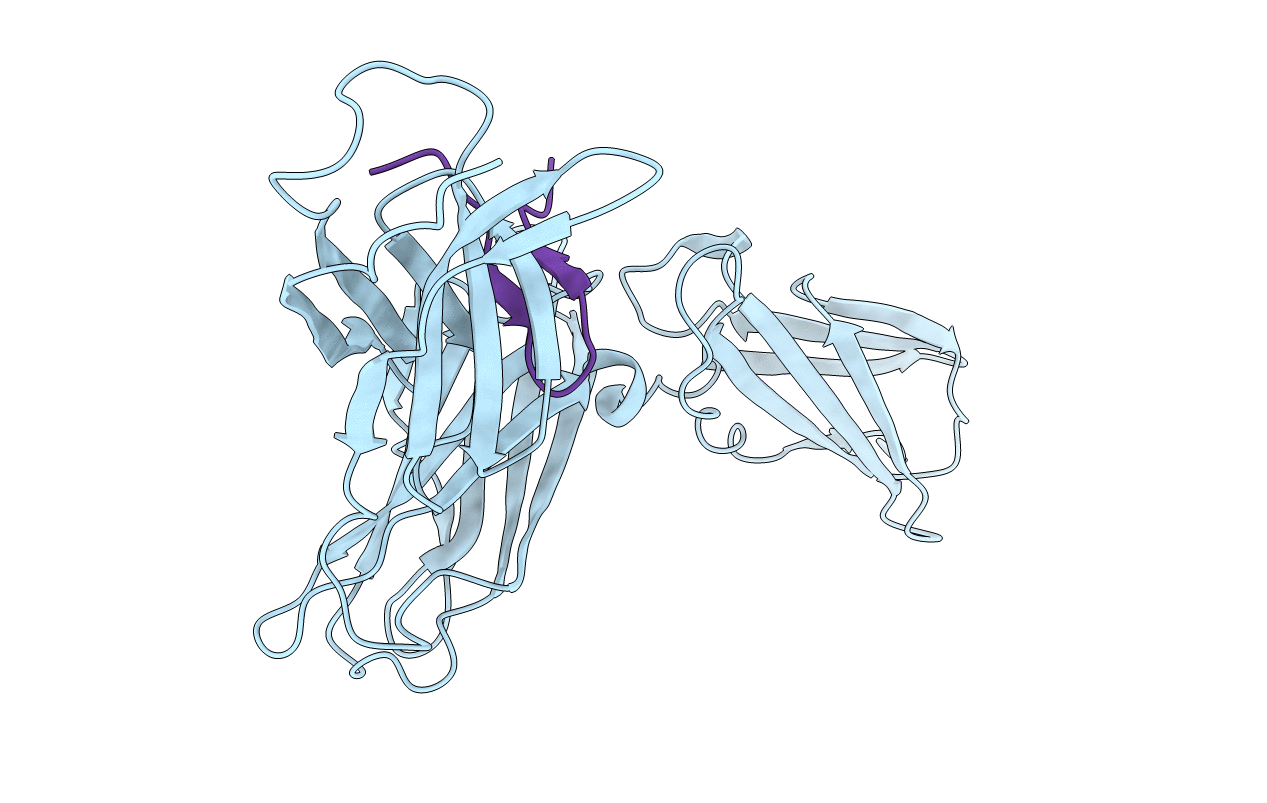
Deposition Date
2018-07-20
Release Date
2018-12-26
Last Version Date
2024-10-16
Entry Detail
PDB ID:
6H41
Keywords:
Title:
Structure of the complex of the IL-5 inhibitory peptide AF17121 bound to the IL-5 receptor IL-5Ralpha
Biological Source:
Source Organism:
Homo sapiens (Taxon ID: 9606)
synthetic construct (Taxon ID: 32630)
synthetic construct (Taxon ID: 32630)
Host Organism:
Method Details:
Experimental Method:
Resolution:
2.75 Å
R-Value Free:
0.22
R-Value Work:
0.20
R-Value Observed:
0.20
Space Group:
P 64 2 2


